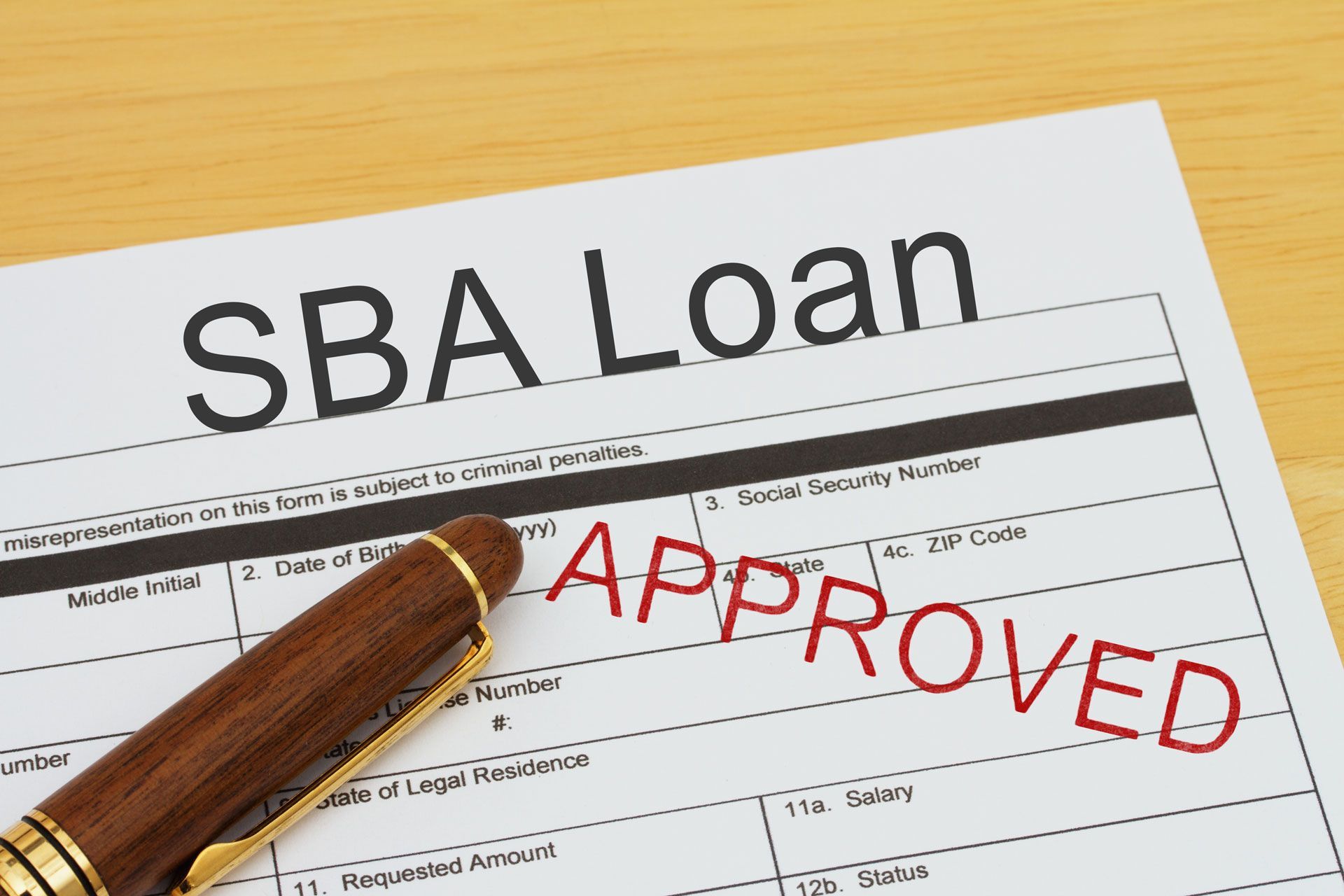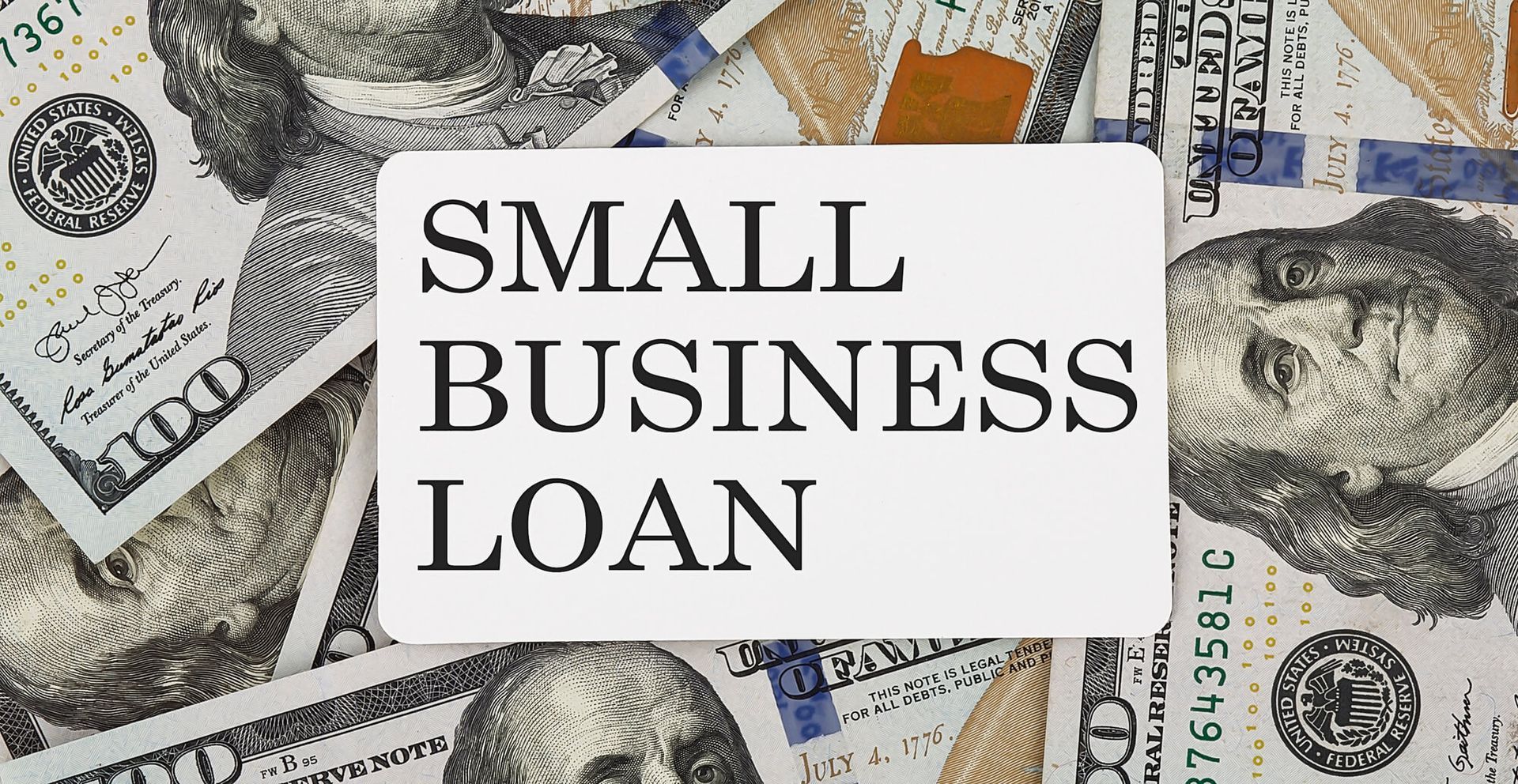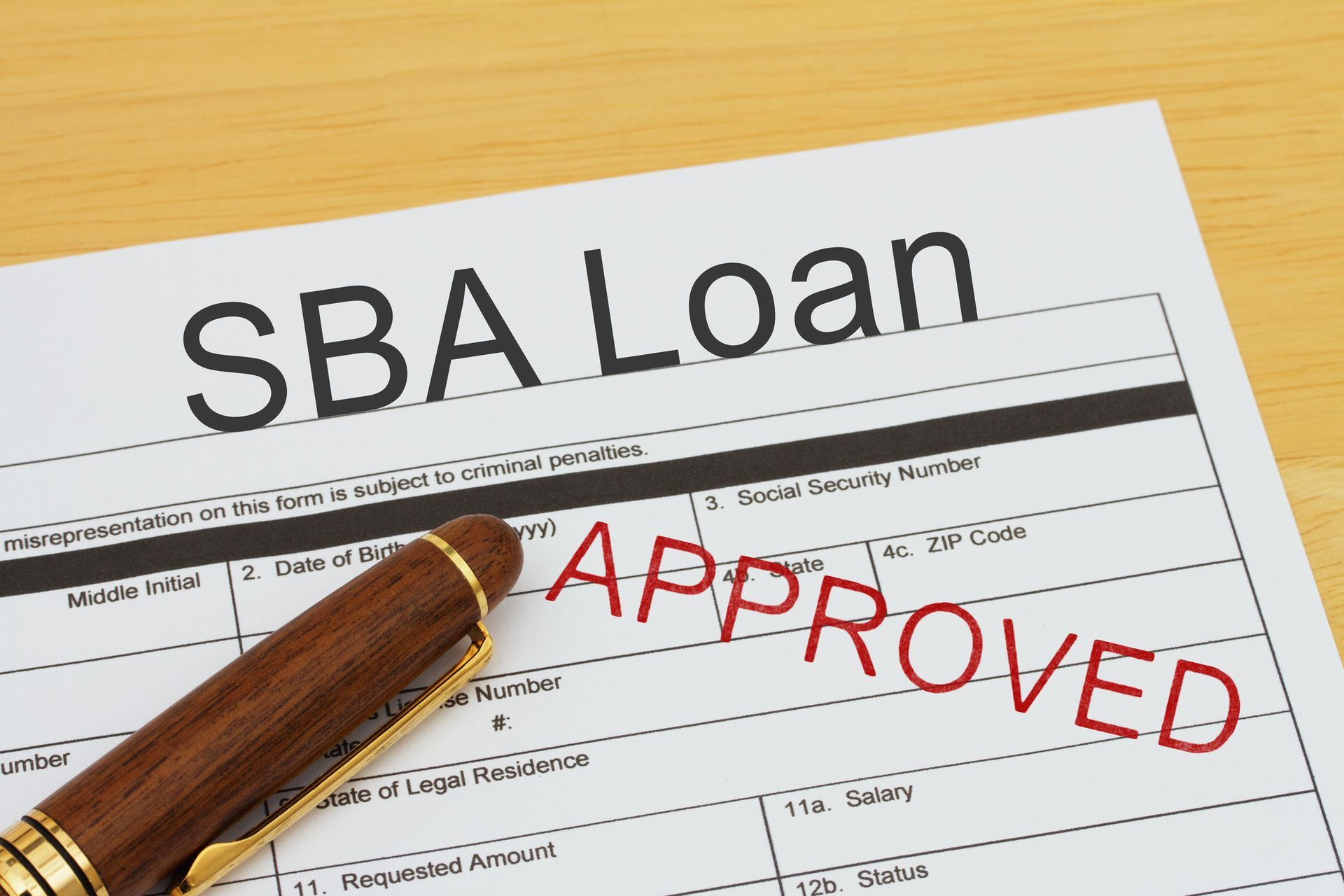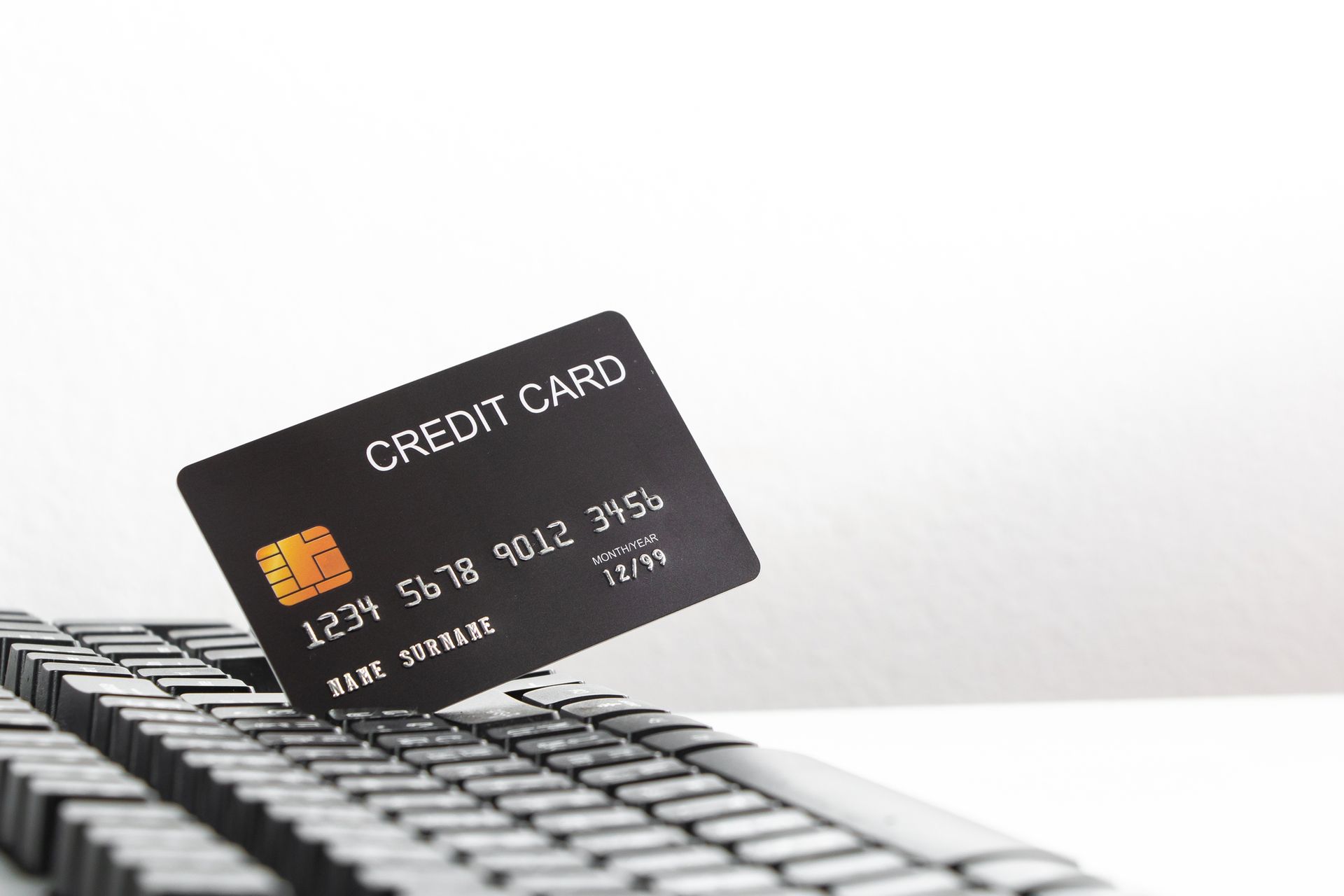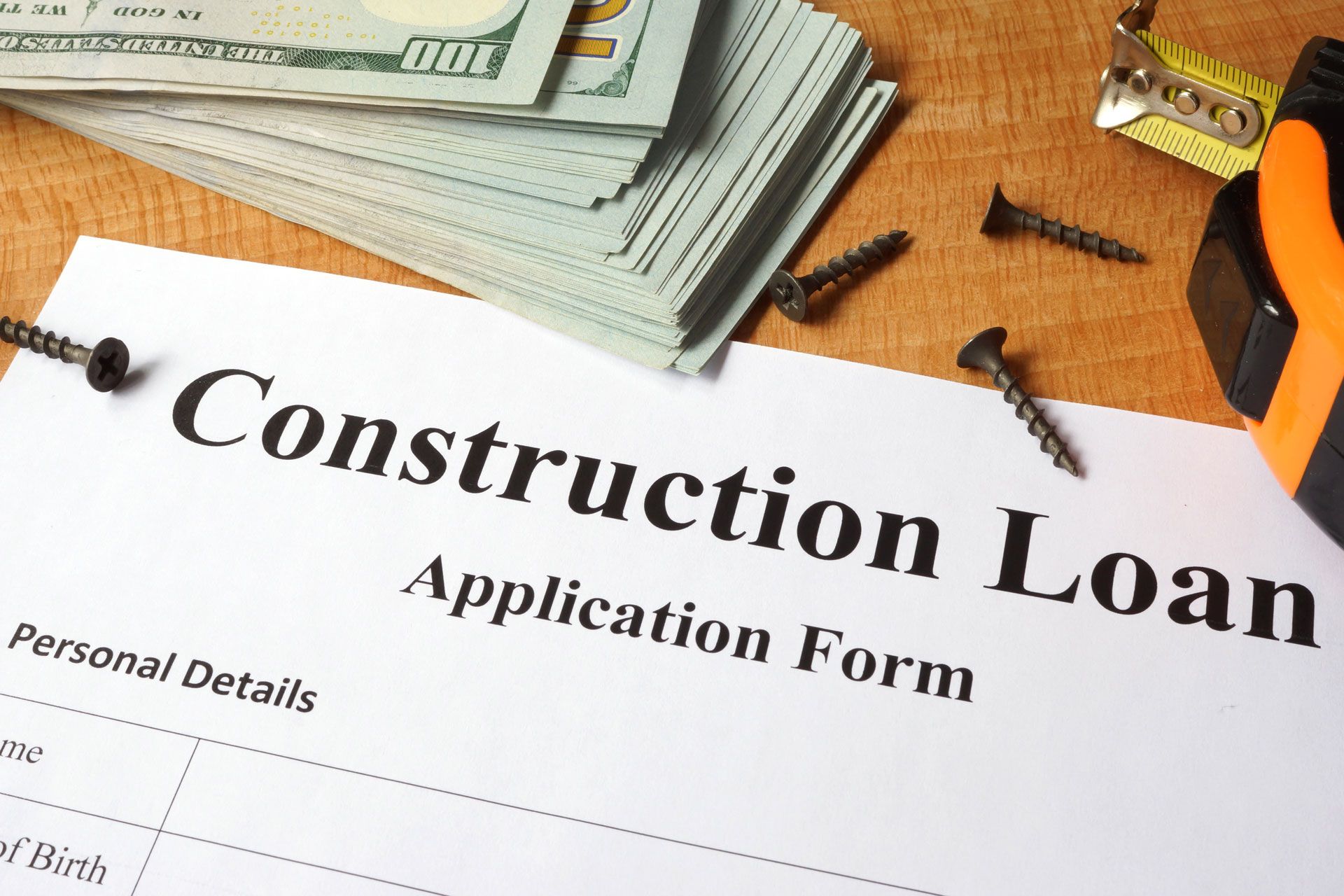2024 SBA Loan Rates: How They Are Set
In the landscape of small business financing, understanding the structure and determination of SBA loan rates in 2024 is crucial for any entrepreneur looking to leverage these funds effectively. The Small Business Administration (SBA) plays a pivotal role in assisting small businesses to acquire loans, and the rates attached to these loans can significantly impact the overall cost of borrowing.
Whittmore Briley focuses on providing insightful financial guidance, including navigating the nuances of SBA loan rates, to help businesses strategize their growth and sustainability.
The Role of the Federal Reserve in SBA Loan Rates
The setting of these loan rates is intricately tied to broader economic policies, primarily through the actions of the Federal Reserve. The prime rate, which is the rate that banks charge their most credit-worthy customers, serves as a benchmark for many types of loans, including SBA loans. This rate fluctuates based on the Federal Reserve’s adjustments, which are made in response to various economic indicators.
In 2024, the trend has seen a steady increase in the prime rate, which directly influences the loan rates. The Federal Reserve's decisions are often reactions to inflation rates, employment figures, and other economic health indicators.
For small businesses, these changes mean that the cost of borrowing can vary significantly throughout the loan's term, especially for those with variable-rate loans.
How SBA Sets Loan Rates
The Small Business Administration does not directly lend money; instead, it guarantees loans made by participating lenders, typically banks. To protect both the lenders and borrowers from the volatility of standard commercial lending rates, the SBA sets a cap on the interest rates that can be charged on their loans.
This rate is generally set above the current prime rate and includes a margin that lenders can add, known as the spread. However, this spread is also regulated to prevent exorbitant interest rates.
SBA loan rates are determined by a combination of the prime rate plus an additional percentage that varies depending on the amount borrowed and the loan type. For example, as of May 2024, a typical SBA 7(a) loan amounting to less than $50,000 may carry an interest rate of the prime rate plus 6.5%. This structure ensures that while rates remain competitive with the broader lending market, they also reflect the increased risk associated with small business financing.
Impact of Loan Size and Program Types on Rates
The size of the loan and the specific SBA loan program also influence the rates applied. Larger loans generally have lower interest rates, reflecting the lower relative risk and administrative costs involved in managing a single large loan compared to multiple smaller loans.
For instance, these loan rates decrease progressively with the increase in the loan amount, making it more appealing for businesses to pursue substantial funding for significant projects.
Different SBA loan programs are designed to support various aspects of small business operations, from purchasing real estate to acquiring machinery or bolstering working capital. Each of these programs, such as the 7(a) standard loan or the CDC/504 loan program, has its rate-setting criteria, which consider the program's purpose and risk level.
For example, the 504 loan program, which is generally used for major fixed asset purchases, often offers rates tied to the five-year and ten-year U.S. Treasury rates, providing stability and predictability for long-term investments.
Strategic Considerations for Navigating SBA Loan Rates in 2024
- Evaluating Your Financing Needs and Timing
One critical strategy in leveraging SBA loan rates effectively is timing your loan application. The economic climate, characterized by the Federal Reserve's adjustments to the prime rate, plays a significant role in determining loan costs. Observing economic trends and anticipating rate changes can be advantageous.
For example, if rate increases are forecasted, securing a loan earlier could mean locking in a lower rate, thus reducing the total interest paid over the loan's duration.
Furthermore, assessing your business's financial needs with precision is crucial. The amount of financing you seek should align closely with your strategic objectives, whether it is for expansion, inventory management, or infrastructure development.
Overestimating your needs can lead to higher debt servicing costs, whereas underestimating can stifle your operational capabilities. A meticulous approach to calculating your requirements will not only streamline the loan process but also position you to negotiate more effectively with lenders.
- Choosing the Right SBA Loan Program
The SBA offers several loan programs, each designed to support different aspects of business growth. Choosing the right program is instrumental in maximizing the benefits of SBA financing. For instance, the SBA 7(a) loan program is incredibly versatile, offering funds that can be used for a range of purposes including working capital or debt refinancing.
On the other hand, the CDC/504 loan program is ideal for businesses looking to make significant purchases like real estate or large equipment, offering long-term fixed-rate financing at lower interest rates.
Understanding the nuances of each program, including its specific rate-setting mechanisms, can significantly impact your cost of capital. Engaging with financial advisors or loan specialists who can provide insights into which program best aligns with your business goals is advisable. This decision not only affects how you manage your loan repayments but also how effectively you can utilize the borrowed funds to generate ROI.
- Building a Strong Loan Application
A compelling loan application increases your chances of securing favorable loan terms, including rates. Lenders and the SBA look favorably on businesses that demonstrate strong financial health, a solid business plan, and a good credit history. Ensuring that your financial statements are in order, your business plan is robust and detailed, and your credit records are clean can significantly enhance your appeal to lenders.
Furthermore, understanding the criteria that impact how rates are set for your chosen loan can guide you in shaping an application that highlights your strengths in these areas. For instance, if loan size impacts the rate, demonstrating the potential for higher revenue generation might support a larger loan application, which could come with a lower rate.
- Creditworthiness and Financial Health
Creditworthiness is perhaps one of the most decisive factors in determining your eligibility and the interest rate of an SBA loan. It reflects not only your history of debt repayment but also your business’s operational stability. Businesses with higher credit scores generally receive lower interest rates as they pose less risk to lenders.
Maintaining robust financial health extends beyond credit scores. It includes healthy cash flows, strong profit margins, and a balanced debt-to-income ratio. These indicators reassure lenders of your ability to repay, potentially leading to more favorable loan terms. Regular financial reviews and adjustments to keep your business on a financially sustainable path are crucial.
- Leveraging Relationships with Lenders
Establishing and maintaining strong relationships with banks and other lending institutions can also influence the terms of your SBA loan, including the interest rate. Lenders who understand your business model and financial management practices are more likely to offer favorable terms based on this trust and familiarity.
Engaging regularly with your bank, updating them on your business progress, and discussing financing needs ahead of time can position you as a preferred client. For businesses, this means not just seeing lenders as sources of funds but as financial partners in your growth journey.
The Role of Whittmore Briley in Navigating SBA Loan Rates
With years of expertise in the financial industry and a suite of solutions including commercial construction loans, bridge and hard money financing, and more, we understand that securing an SBA loan and navigating its rates can be complex. Our expertise not only lies in guiding businesses through the application process but also in strategizing the best use of these funds through effective financial planning. We help clients prepare by providing a comprehensive view of how loan rates are set and the implications for their repayment schedules.
Navigating SBA loan rates effectively requires a thorough understanding of how these rates are determined and what factors can influence changes during the loan term. With strategic guidance, businesses can take proactive steps to secure financing that aligns with their long-term financial goals, ensuring they not only manage but thrive under the terms of their SBA loans.
